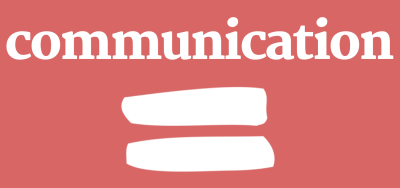
This post by PrAACtical AAC’s Carol Zangari shows how clarifying team expectations and responsibilities greatly benefits everyone. Proficiency with AAC does not just magically happen, it must be supported, encouraged, and nurtured. Students with complex communication needs have complex communication needs- sounds redundant, I know, but it is something that seems to easy to forget.
If you have a learner with complex communication needs in your classroom, please read Zangari’s article and the links to the articles within it. Before you read it, please put yourself in the shoes of the learner for a moment . If you were a person who communicated using AAC, what supports would you want ? How would you want to be treated? Would you want access to communication only some of the time? Would you want the opportunity to participate in the classroom discussions ? To talk to your classmates?
PrAACtical AAC is one of my favorite resources, so take a look around their website, sign up for their newsletter while your there. There is a wealth of information about all things AAC.
Helping the General Education Team Support Students Who Use AAC:
As we all know, AAC skills are best learned when the entire team is headed in the same direction, using robust instructional methods, and communicating well with one another. In this article, I discuss some of the ways that we can clarify the expectations of each team member so that all the bases are covered and our individual efforts complement one another. Thoughts on managing assessment demands are discussed along with ways in which team members can support students using AAC within the classroom. In that section, there is an example of using an observational tool to identify areas that have potential for increased AAC use in typical classroom exchanges. You can get a blank copy of that tool, Classroom Observation for Communication Opportunities with AAC (COCOA), in our ToolBox.
You can access the original version of the article here.

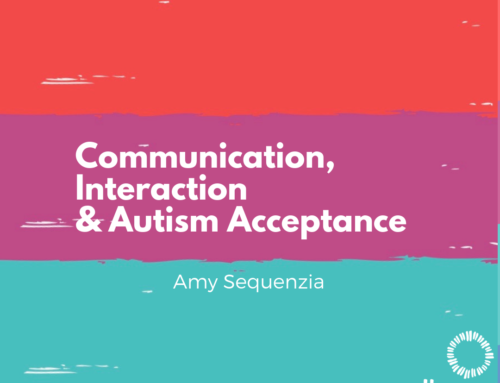
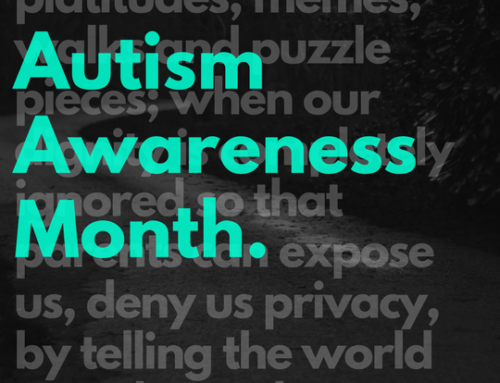

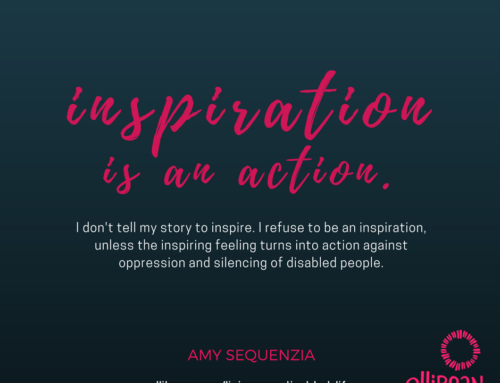

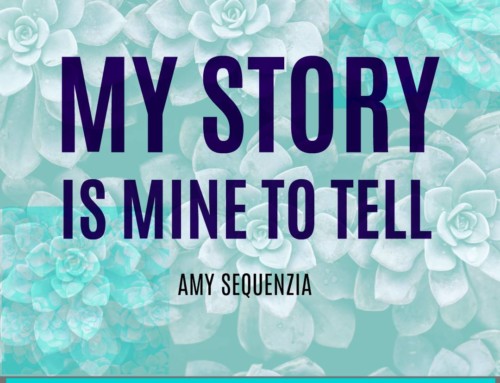





Leave A Comment